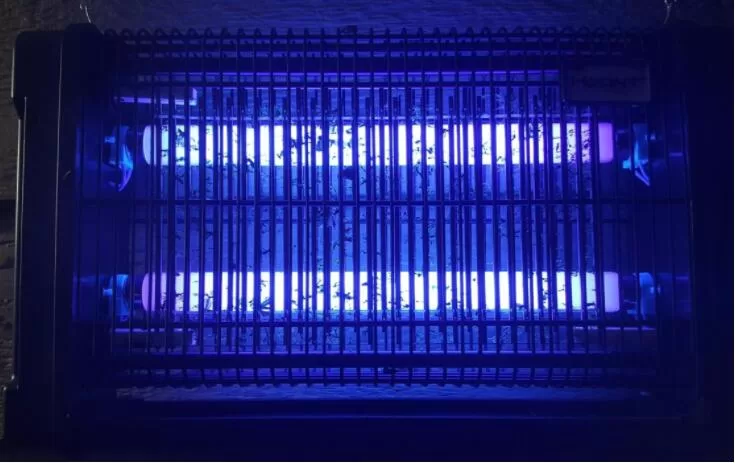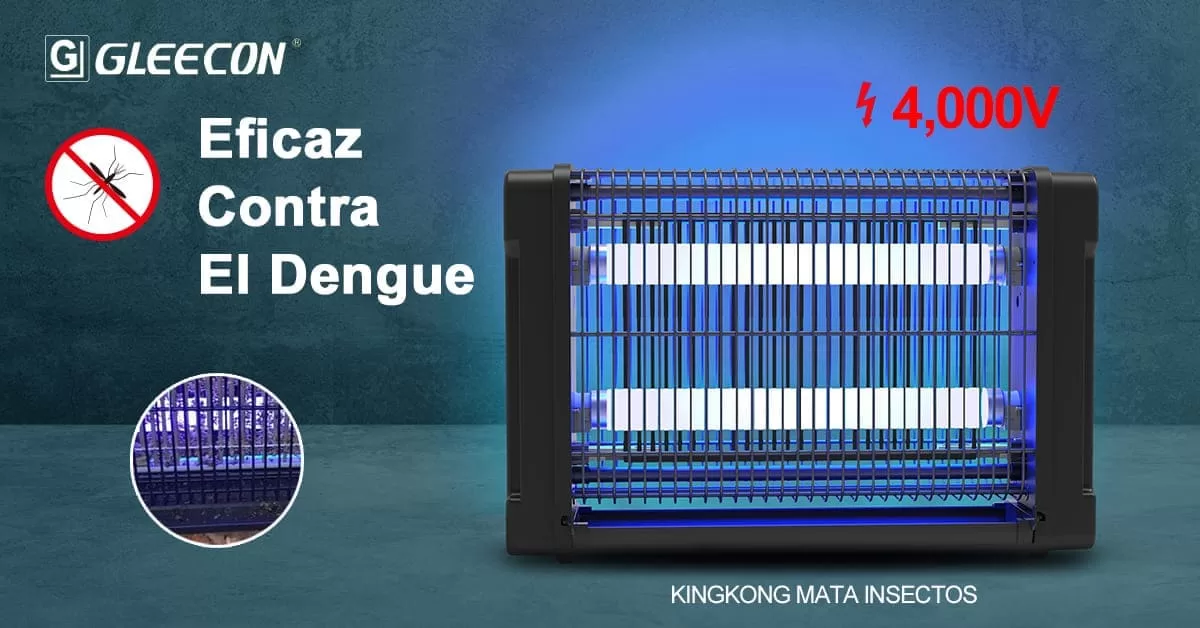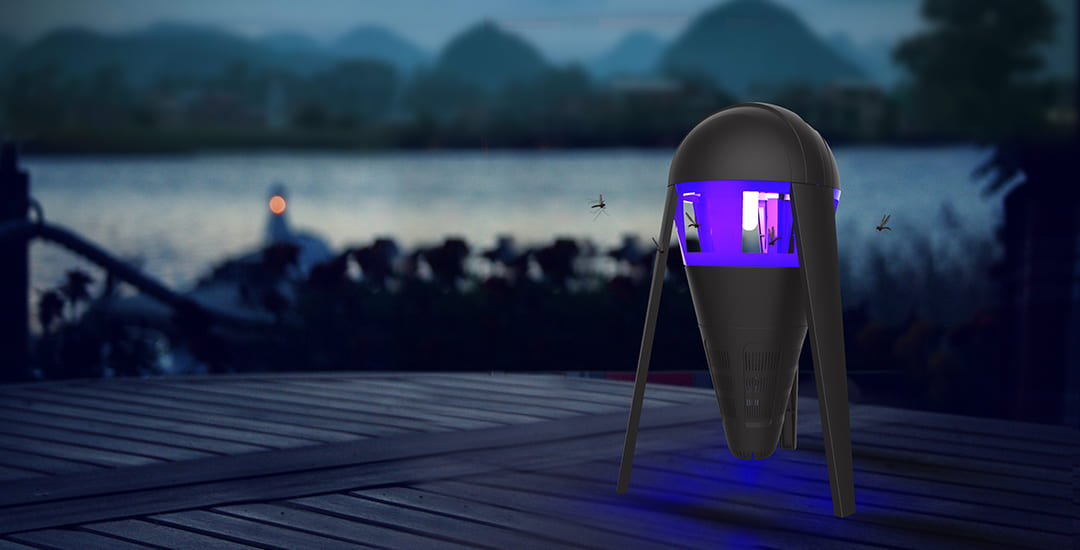Table of Contents
Introduction:
Flies can be a pesky nuisance, buzzing around our homes and outdoor spaces. To effectively get rid of them, many people turn to electric fly swatters or fly zappers. One common question that arises is: What voltage is needed to eliminate flies? In this blog, we will explore the voltage required to kill flies and uncover other factors that contribute to effective fly control.

The Buzz Behind Fly Zappers:
Fly zappers, also known as electric insect killers or electronic insect control systems, have been a popular choice for insect control in indoor&outdoor spaces for many years. These devices typically consist of a housing, ultraviolet (UV) light source, and an electrified grid. The basic premise is to attract insects using UV light and then electrocute them upon contact with the charged grid.
Understanding Voltage’s Role:
Voltage serves as the driving force behind electric insect control devices, determining their ability to kill flies. However, it’s crucial to keep in mind that the voltage alone does not guarantee successful fly elimination. Let’s dive deeper into the factors that determine the voltage’s effectiveness.
- Voltage Range:
To effectively kill flies, an electric shock in the range of 1500 to 4000 volts is generally recommended. Flies are larger and more robust insects compared to mosquitoes, requiring a higher voltage to deliver a lethal blow. - Electric Shock Duration:
Similar to mosquitoes, the duration of the electric shock is important for effective fly control. A longer exposure time ensures that the fly receives an adequate electric current, leading to its demise. Devices that provide a sufficient duration of shock increase the chances of successful fly elimination. - Fly Conductivity and Surface Area:
Conductivity and the surface area of a fly also play crucial roles in determining the effectiveness of voltage-based fly control. Flies have a larger body surface area, which allows for better electrical conductivity. This means that the electric shock can efficiently penetrate their bodies, resulting in a higher likelihood of successful eradication.

Other Factors to Enhance Fly Control:
To complement voltage-based fly control and optimize results, it’s important to consider the following factors:
a) Attraction Methods: Some electric fly swatters or bug zappers utilize attractants such as UV light or odor to lure flies towards them. These methods enhance the device’s effectiveness by attracting flies and increasing the chances of contact with the electric grid.
b) Safe and Proper Usage: Follow the manufacturer’s instructions for using electric fly control devices safely. Ensure that they are used in appropriate areas and handled responsibly to avoid any accidents.
c) Maintenance and Cleaning: Regular maintenance and cleaning are essential to keep the electric grid or surface clear of debris and dead flies. This maximizes the device’s efficiency by allowing for unobstructed contact between the flies and the electric shock.

Conclusion:
While an electric shock in the range of 1500 to 4000 volts is generally recommended for effective fly control, voltage alone is not the sole determining factor. The duration of the electric shock, the conductivity and surface area of flies, and additional features like attractants all contribute to successful fly elimination. By understanding these factors and employing electric fly swatters or bug zappers in conjunction with other preventative measures, we can effectively combat fly infestations and enjoy a fly-free living environment. Remember to always prioritize safety when using these devices and follow the manufacturer’s guidelines for optimal results.
In summary, the voltage used in electronic fly zappers typically falls within the range of 1500 to 4000 volts, and it is designed to be lethal to flies upon contact. These devices are usually engineered with safety considerations to minimize risks to humans while effectively managing flying insect populations. Nevertheless, it’s advisable to install fly zappers in areas where they won’t pose a risk to unintended targets. Meanwhile, when you purchase a Fly Zapper, best to buy from a reliable company or choose a reliable brand to avoid any risk.








